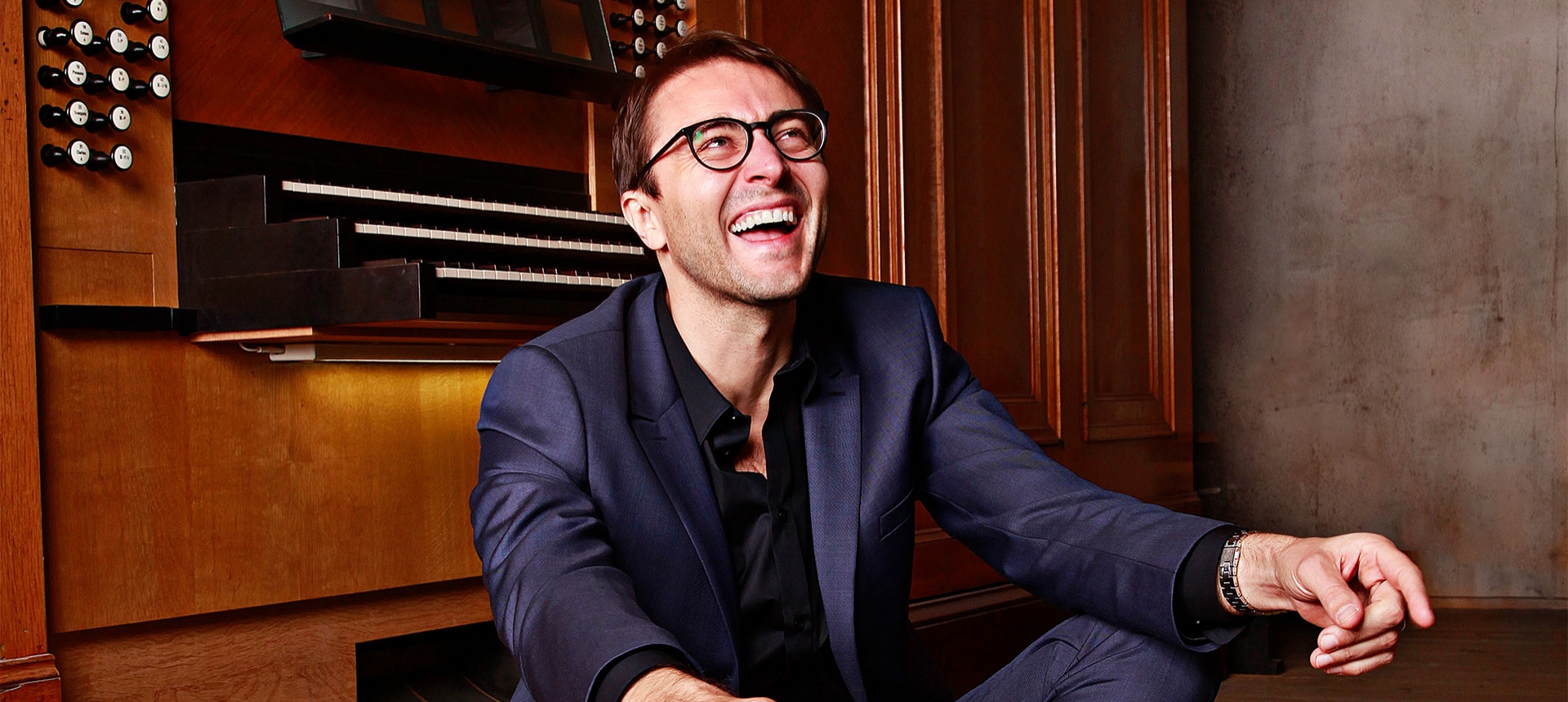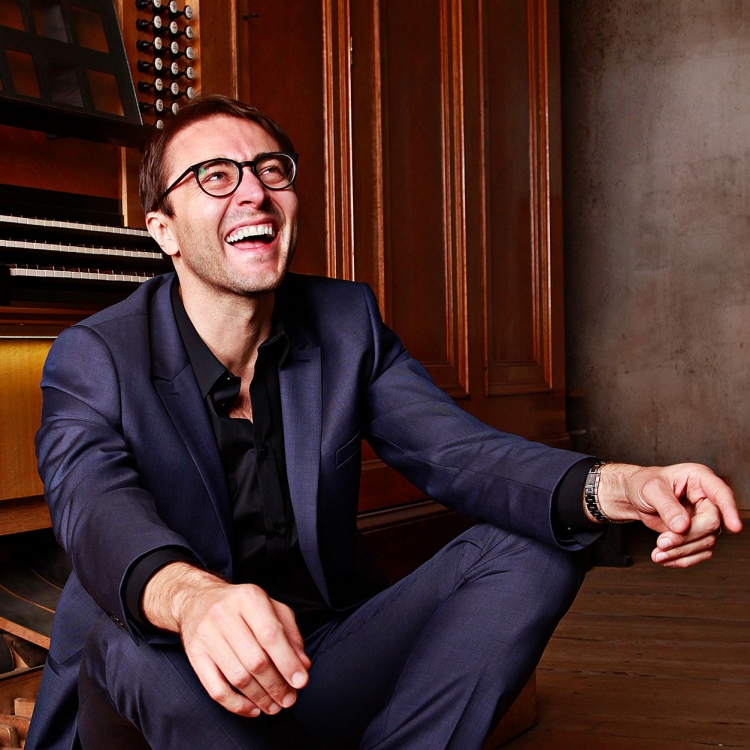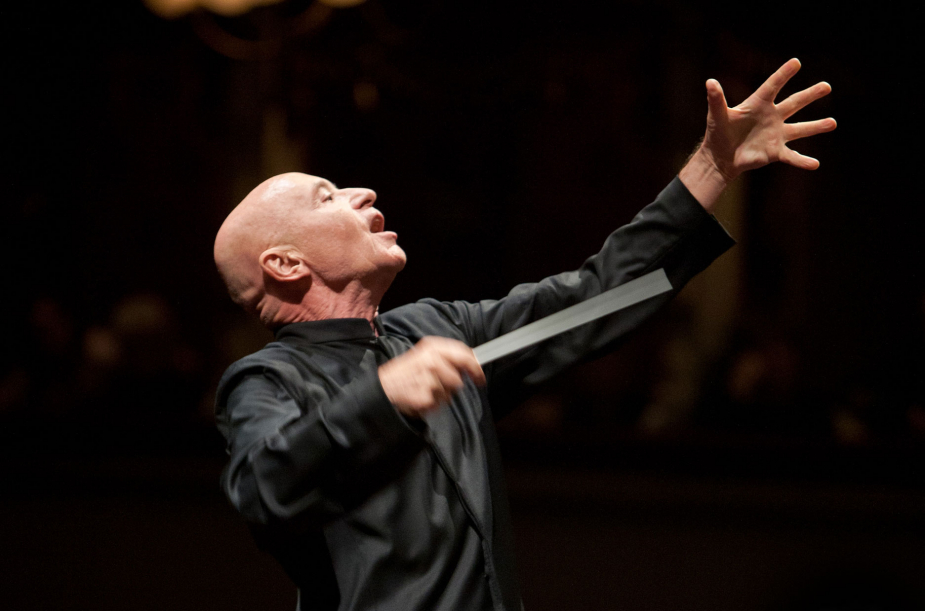Cart
Your cart is empty
Your cart is empty
List is empty
Press ESC to close the search field



Event has already taken place. Experience the sounds of the magnificent Concert Hall organ with the Gothenburg Symphony Orchestra, conductor Christoph Eschenbach and organist Christian Schmitt.
Due to a foot injury by an accident this sunday, Christian Schmitt unfortunately has to change the program for the concert with late notice. Barber’s Toccata festiva is replaced by Chorale in A minor by César Franck.
Organist Christian Schmitt handles the cheeky organ part in Poulenc’s concerto with the same skill as in Cesar Franck’s Chorale in A minor – masterfully. In Poulenc’s self-assured and cheeky Organ Concerto, he allows the magnificent sounds to play freely, in an equally serious and derisory manner, in the very style of the French composer himself.
Composer César Franck also has French roots. His music often contains graceful transitions between different keys, a symphonic timbre, counterpoint and a harmonic language that breathes late romanticism with influences from Liszt and Wagner. In the chorale we are about to experience this evening, a hymn runs through the piece as a recurring motif.
This evening’s programme also includes Bruckner’s Symphony No. 1, in which it is possible to discern the familiar characteristics, with chords and reverberations, which remind us of the composer’s earlier career as an organist. His first symphony was in actual fact his third (the previous two were called No. 0 and No. 00!), and it is truly a genuine Bruckner, lighter in step than his later heavier compositions, and a reminder that the composer was once a young man. Even in his earliest symphonies it is possible to discern the familiar characteristics that would gain clearer contours with the passing years.
This sound feast is led with the confident hand of Christoph Eschenbach, former first guest conductor at the Gothenburg Symphony Orchestra.

Get to know the classical pieces.
Take a seat in the Great Hall one hour before the concert begins and learn more about the music you will soon experience! You will get the stories behind the music, knowledge of the composers and own reflections about the classical pieces. The introduction last for about 30 minutes, it is free and free seating in the hall. Warm welcome!

Here you will find all the necessary information that you need to know about before your magical visit in the Concert Hall.
Invite yourself or someone you like to an experience for all the senses. Welcome to visit the Concert Hall's restaurant or one of our foyer bars.